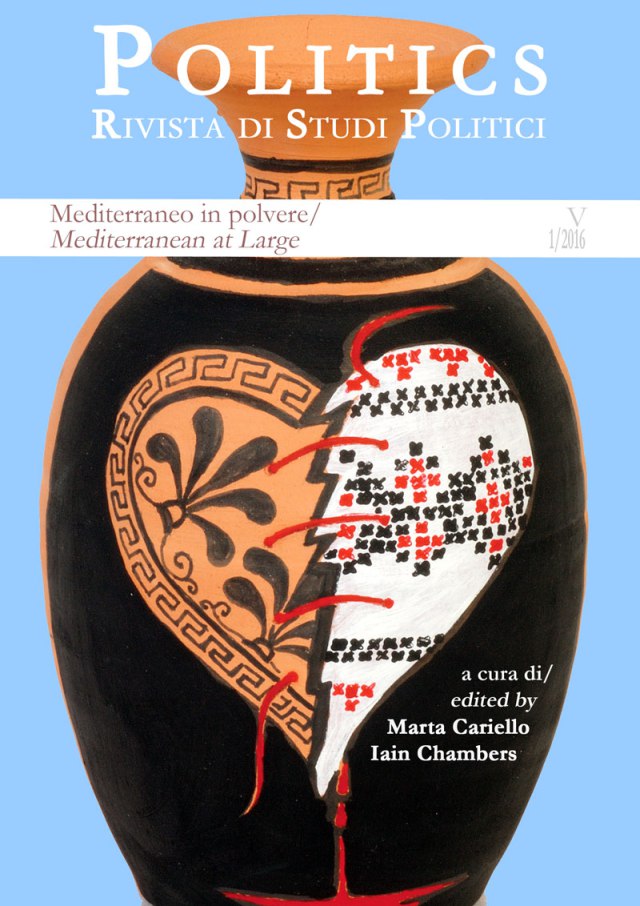Force Fields between Libya and Italy: Camps, Air Power and Baroque Geopolitics Challenging the Geography of the Mediterranean
Abstract
From 1911 to 2011, the Mediterranean space between Libya and Italy has been the scenario of crucial historical events: the colonial war and the anti-colonial resistance, the decolonization, the rise of Gaddafi’s regime, his banishment and rehabilitation, finally his fall and the securitization of the Mediterranean passage. Through an historical ethnography of the postcolonial pact between Libya and Italy (oil-for-borders), with a particular focus on the role of migration management, on the relationship between internal borders and aerial spaces and on the colonial genealogy of humanitarian camps, I would suggest that the current grammars of exclusion and of subversion within the Mediterranean do not respond to any binary (neo)colonial logic. Many different subjectivities are fragmenting and relocating borders and the Mediterranean appears as a multi-crossed political space able to shape the relation between the countries that lie on its shores as well as the representation of the past.Downloads
Download data is not yet available.
Pubblicato
2016-07-21
Sezione
Articoli
Copyright (c) 2016 Caterina Miele

This work is licensed under a Creative Commons Attribution-NonCommercial-ShareAlike 4.0 International License.
In conformità col Public Knowledge Project, la rivista accoglie l'uso di una licenza CREATIVE COMMONS license CC Attribuzione - Non commerciale - Condividi allo stesso modo 4.0
http://creativecommons.org/licenses/by-nc-sa/4.0

